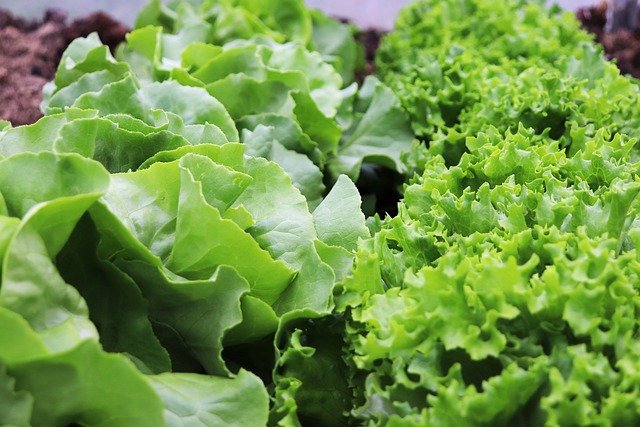Production TechnologiesVegetables of PakistanWinter Vegetables in Pakistan - ربیع کی سبزیاں
Matar ki Kasht | Peas in Pakistan | مٹر کی کاشت

Last updated on July 19th, 2023 at 11:41 am





Source Literature: Matar ki Kasht | Peas in Pakistan | مٹر کی کاشت, Government of the Punjab, Agriculture Department, Pakistan
PEAS CULTIVATION IN PAKISTAN– مٹر کی کاشت | Matar ki Kasht
SOWING SEASONS IN PAKISTAN
- PUNJAB
- Early Crop
- Sowing = Sep-Oct
- Harvesting = Nov-Dec
- Mid Season Crop
- Sowing = Oct-Nov
- Harvesting = Jan-Apr
- Core Areas
- Faisalabad, T.T.Singh, Sahiwal, Gujranwala
- BALOCHISTAN
- Normal Crop
- Sowing = April-May
- Harvesting = May-June
- Core Areas
- Ziarat
- Loralai
- KPK
- Normal Crop
- Sowing = May-June
- Harvesting = Jun-august
- Core Areas
- Bata kundi
- Khagan
- Babusar Top
MAJOR VARIETIES
- Supreme
- Sarsabz
- Pea -2009
- Meteor
- Climax Improved
CLIMATE REQUIRED FOR THE CROP
- Peas grow best in cooler weather
- They can be planted early in the spring and late in the summer, depending on climate.
- Peas grow well in moderate climate with temperature range 15ОC – 28ОC.
- If temperature exceeds 30ОC then plant becomes susceptible to root rot disease.
SOIL
- Peas love fertile soil having proper water sanitation system
- Alkaline saline soil & poor drainage soils are not good for it
- PH 6 to 7
SOWING METHODS FOR PEAS | Matar ki kasht
- Early
- Peas seed is sown on both sides of 75 cm wide beds
- Keeping plant to plant distance 5 cm with seed depth of 2 – 3 cm
- Normal
- Peas seed is sown on both sides of 1.0 – 1.5 m wide beds
- Keeping plant to plant distance 8-10cm with seed depth of 2 – 3 cm
- Sowing time for early crop
- Last week of September to 2nd week of October
- Sowing time for mid/ late crop
- Last week of October to 2nd week of November
- Sowing time for seed crop
- Last week of October to 2nd week of November
Seed Rate
- Healthy seed @ 25 – 30 Kg/acre for early season crop
- Healthy seed @ 20-25Kg/acre for mid/late season crop
Weeds
- Usually weeds like Karund, Bathu, Itsit, Jangli Palak, Maina, Senji, Laili, Pyazi and Dhela grow in the field of peas
- Use of Stamp/Pendi methyline @ 1.5 liter / acre or Dual gold @ 800 cc / acre can eradicate the weeds.
- weedicides are more effective when used just after the sowing in wet conditions.
- In order to keep maintain the desirable soil structure 2-3 hoeing should be done
Fertilizer
- The fertilizer dose depends upon the fertility and amount of organic matter available in soil.
- To improve the organic matter in the soil, add 10 – 12 tonnes/acre of farm yard manure in field during land preparation.
- Apply DAP 100 kg, SOP 50 kg at sowing time.
- Applied 50 kg urea at flowering stage for optimum yield production.
Harvesting
- Picking of green pods should be conducted at the time when pods are filled with grains
- Normally, two pickings from early peas and three pickings from mid season peas are taken
- During pickings, plants should be handled carefully to avoid any kind of damage.
- For local markets picking may be carried out early in the morning
- For distant markets it can be taken a day before in the evening
- Keep the harvest in clean cloth bags to maintain its quality
Diseases
- Root Rot
- Roots are pinched off and rotted
- Reddish brown streaks form in the primary and secondary roots and later merge.
- Firstly lower leaves dry and then whole plant dies.
- Control
- Seed treatment with recommended fungicide before sowing
- Always follow the crop rotation to avoid the soil borne pathogens.
- Use resistant cultivars
- Sowing should be done at low temperature
- Powdery Mildew
- Discolored patches from which a powder mass radiates appeared on both surfaces of leaves
- These patches then appear on tendrils, pods and stem
- Ultimately disease is recognized by white powdery coating on all over the plant that contains numerous conidia produced by the fungus
- Control
- Spray the crop with recommended fungicide at the appearance of disease
- Always follow the crop rotation
- Use resistant cultivars
Control of Pests
- Aphid
- Avoid growing alternative host plants
- Use recommended pesticides
- Infested crops should be destroyed immediately after harvest to prevent excessive dispersal,
- Jassid
- Avoid growing alternative host plants
- Use recommended pesticides
- Infested crops should be destroyed immediately after harvest to prevent excessive dispersal,
- Leaf Miner
- Avoid growing alternative host plants
- Use recommended pesticides
- Remove all plant debris and weeds
- Crop rotation is an effective pest management tool.
- American Worm
- Avoid growing alternative host plants
- Use recommended pesticide
- Crop rotation is an effective pest management tool
- Use pheromone traps for monitoring.





Source Literature: Matar ki Kasht | Peas in Pakistan | مٹر کی کاشت ZTBL, Pakistan






